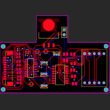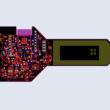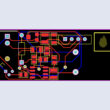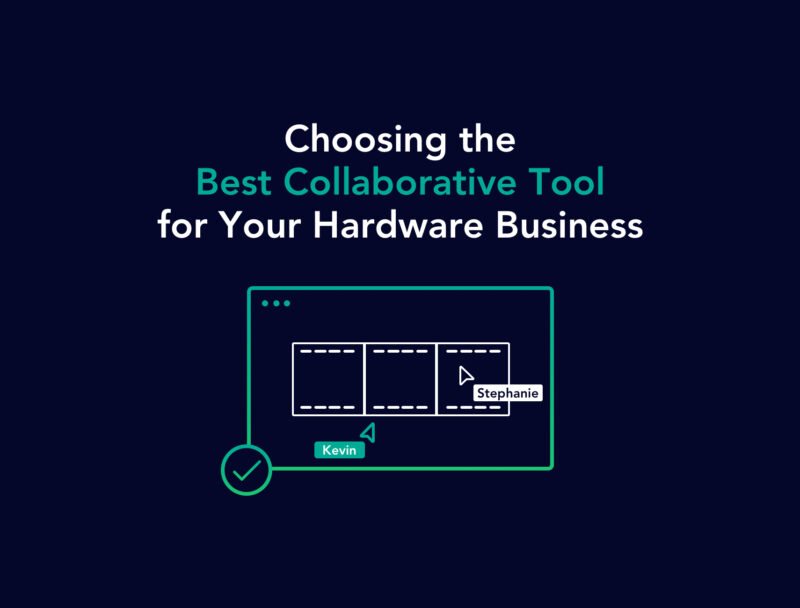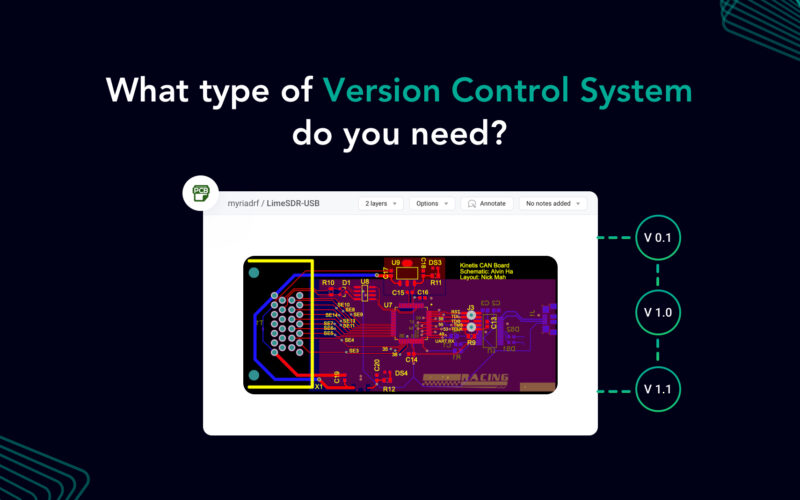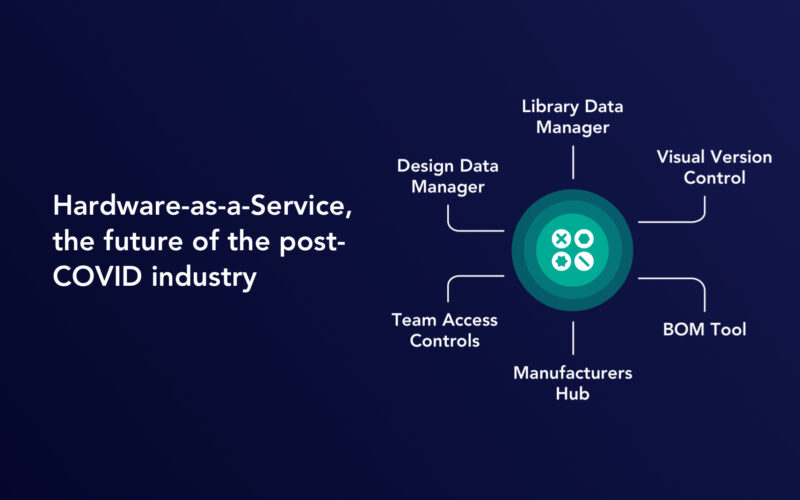The hardware business, as reiterated, is becoming an increasingly collaborative industry, with internal and external stakeholders spread out across the world. Naturally, this brings a number of communication challenges, with different physical locations and time zones making it difficult to work together in real time. In addition, clients, suppliers, and manufacturers also need to be kept in the loop, so that they can devise their strategies and act accordingly.
Of course, carrying out this communication in the conventional way, i.e., through calls and emails, can be quite cumbersome. People may lose track of important procedures, or be left out of the loop due to communication gaps.
As this is an issue across most industries, collaborative tools have sprung up as solutions to the problem. These tools bring all the stakeholders together in one place, with various features enabling real-time collaboration and constant feedback. Change management is also simplified in these tools so that all the parties involved know when and how a change is required, and how to change tack accordingly.
However, even though there is a plethora of collaborative tools out there, there are very few which are specifically designed for the hardware design and engineering business. This is a problem as this industry comes with its own set of challenges which a generic tool would not be able to cope with. Therefore, it is essential to choose just the right tool for the job, from an already limited pool of options.
How do you choose the right tool?
Narrowing down the right tools for the job is the first step to efficient collaboration procedures. To do this, businesses must identify their requirements and accurately list down who their stakeholders are.
This will help them determine what features are necessary for their company, and which tools offer those features. For hardware design companies, some of the features which must be present are:
- Real-time change management
- Version control
- Revision control
- Ability to annotate
- Visual differencing
These features, which are part and parcel of any specialized collaboration tool for the hardware industry, enable all stakeholders to be in the know about what’s going on with the product. In addition, these features allow both engineering and non-engineering collaborators to be on one page, and communicate in a clear and understandable manner.
What tools are out there?
There are a number of collaborative tools out there which make hardware design a more streamlined process. However, not all of these are built the same, and have various setbacks. Well-known ones include Altium and Upchain, but the issue is that these are prohibitively expensive, especially for companies which are just starting out.
The pricing of most hardware-specific collaborative tools stands at thousands of dollars annually per person. In addition, these tools may not have all the features listed previously, which are essential for efficient hardware design. Pocket-friendly solutions such as InventHub are ideal for most hardware companies, no matter what scale they’re on.
In conclusion, as collaborative tools are evolving to the needs of the hardware industry, companies must figure out what works best for them. This involves a thorough evaluation of their requirements, budget, and aims.


